How to Redeem Minecraft Gift Card for Pc Edition
Most people who are in the market for a new graphics card have one primary question in mind: Which card will give me the most bang for my buck? Obviously, the answer will vary depending on your budget. Beyond that, there are a number of factors to consider: Raw performance is important, but so are things like noise, the driver experience, and supplemental software. And do you want to pay a premium to get in on the bleeding edge of real-time ray tracing?
Let us make it easy for you. We've tested nearly every major GPU that's hit the streets over the past couple of years, from $100 budget cards to $1,800 luxury models. Our knowledge has been distilled into this article—a buying guide with recommendations on which graphics card to buy, no matter what sort of experience you're looking for.
Note: There are customized versions of every graphics card from a host of vendors. For example, you can buy different GeForce GTX 3080 models from EVGA, Asus, MSI, and Zotac, among others.
We've linked to our complete review for each recommendation, but the buying links lead to models that hew closely to each graphics card's MSRP. Spending extra can get you hefty out-of-the-box overclocks, beefier cooling systems, and more. Check out our "What to look for in a custom card" section below for tips on how to choose a customized card that's right for you.
Graphics card news
-
It's all but impossible to find graphics cards right now, especially at sane prices. Our explainer of the perfect GPU storm reveals why. The GeForce RTX 30-series and Radeon RX 6000-series sold out instantly and remain scarce in the face of overwhelming demand, with scalpers and bots snatching them up just as greedily as enthusiasts. Demand is so high that even older-generation graphics cards are selling for more than they cost new, years ago, in most cases. If you're stuck without a graphics card, consider trying Nvidia's free GeForce Now cloud streaming or a next-gen gaming console instead to tide you over. Nvidia just launched a new RTX 3080 tier for GeForce Now that not only gives you exclusive access to said hardware, but also adds nifty features like longer 8 hour play sessions and 1440p, 120Hz streams, as well as 4K HDR streams on Nvidia's Shield TV console. It costs $100 for six months—steep, to be sure, but a lot cheaper than the $1,500 to $2,000 you'd drop on a new RTX 3080 on Ebay these days.
-
More affordable graphics cards may start to fill out this generation soon. Nvidia recently launched the GeForce RTX 3050 and 3050 Ti for mainstream laptops—the first time in recent memory a new GeForce GPU debuted in laptops rather than desktops. They may not wind up in desktops, however, as a recent flurry of rumors (and ECC filings) suggest Nvidia make target the mainstream market with a revived RTX 2060 wielding 12GB of memory, instead. Huh. AMD also just launched its non-XT Radeon RX 6600, the first true 1080p graphics card of this generation—though at $329, it's not exactly priced for the masses.
- More relief will be on the way soon (though nottoosoon) in the form of a third contender. Intel recently took the wraps off its hotly anticipated "Arc Alchemist" GPUs, built on the company's Xe architecture. These gamer-focused graphics cards—Intel's first stab at discrete consumer GPUs—sometime in the first quarter of 2022, complete with hardware-based ray tracing support and XeSS, an AI-based image upsampling tool built to rival Nvidia's DLSS tech.
- If you're lucky enough to find a reasonably priced Radeon graphics card, AMD will now toss in a free month of Xbox Game Pass for PC.
- Want to dive even deeper into your hardware? We've recently published guides explaining how to benchmark your graphics card and how to turn on AMD's Smart Access Memory for faster gaming performance, as well as an explainer on Nvidia's "Lite Hash Rate" anti-mining technology.
Best budget graphics card
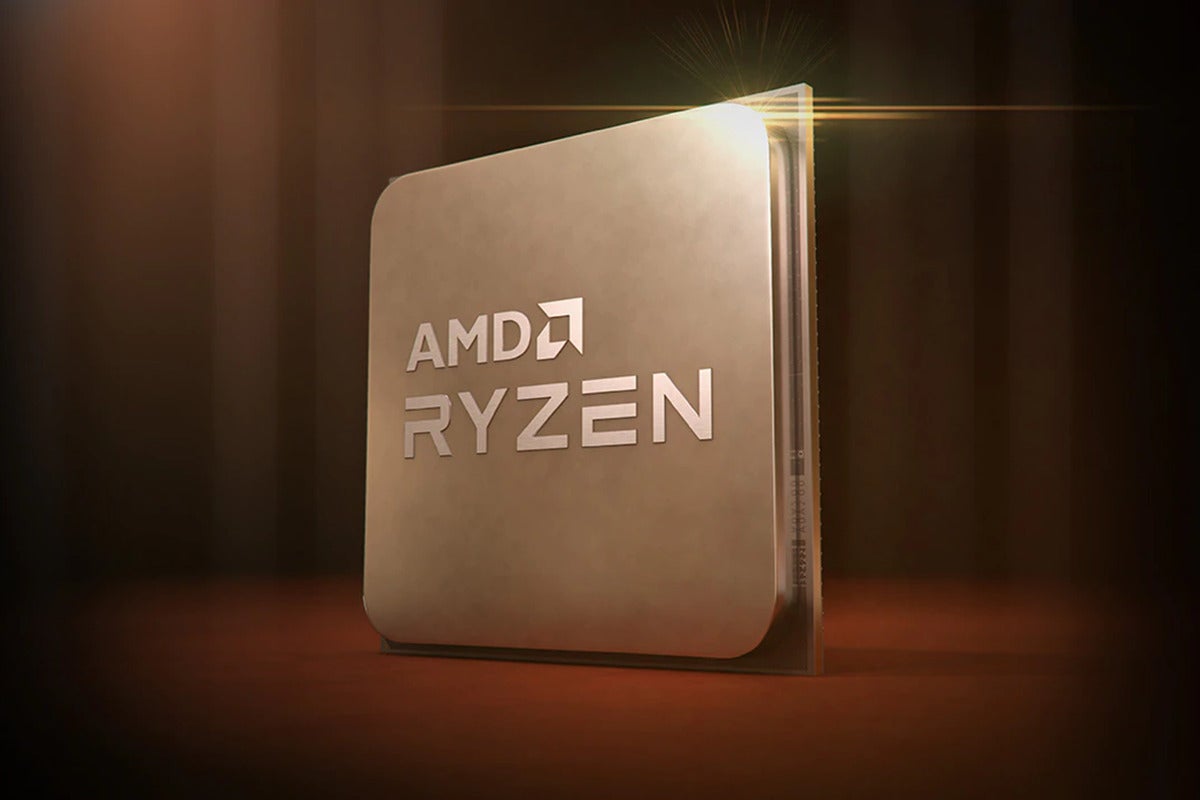
Editor's note: Demand is through the roof for graphics cards right now. Newer models sell out instantly and often cost hundreds of dollars more than MSRP. Even older-generation graphics cards are selling for more than what they cost new, years ago. We can't recommend people buy graphics cards at those markups, but if you're lucky enough to find stock at MSRP, this guide should help. Note that prices below discuss MSRP, as it's impossible to stay current with today's volatile pricing.
The next-gen Nvidia GeForce RTX 30-series and AMD Radeon RX 6000-series have yet to trickle down to budget markets, an understandable twist given how much graphics cards currently sell for. And with even ancient used graphics cards selling for hundreds of dollars, it's virtually impossible to snag a graphics card on a budget right now. Consider trying Nvidia's free GeForce Now cloud streaming or a next-gen gaming console instead to tide you over. The new RTX 3080 tier of GeForce Now delivers a top-shelf gaming experience if your Internet connection can keep up, but costs $100 for six months, so it may not be the best budget option. Fortunately, the Priority tier with RTX 2080-class performance costs half that, and there's also a free tier that runs on roughly RTX 2060-grade hardware.
If you need a local PC gaming solution those obviously won't cut it though. Your best bet is to pick up one of AMD's game-ready Ryzen 5000G APUs, which remain in stock in both DIY form and inside numerous prebuilt systems. "You can build a Ryzen 5 5700G machine today and get outstanding CPU performance along with OK gaming performance," we said in our review. Yes, you'll need to dial down some graphics options for the best performance, but you'll be able to play esports games and even triple-A titles at a decent clip at 720p or 1080p resolution. At $259 for the Ryzen 5 5600GRemove non-product link and $369 for the Ryzen 7 5700GRemove non-product link, they aren't exactly cheap, especially since you'll also need a motherboard to plop them into, but remember that you're getting both a CPU and a doable GPU stand-in for the price. And hey, they're actually in stock.
Best 1080p graphics card
Editor's note: Demand is through the roof for graphics cards right now. Newer models sell out instantly and often cost hundreds of dollars more than MSRP. Even older-generation graphics cards are selling for more than what they cost new, years ago. We can't recommend people buy graphics cards at those markups, but if you're lucky enough to find stock at MSRP, this guide should help. Note that prices below discuss MSRP, as it's impossible to stay current with today's volatile pricing.
The next-gen Nvidia GeForce RTX 30-series and AMD Radeon RX 6000-series have yet to trickle down to more mainstream price points, an understandable twist given how much graphics cards currently sell for. That said, the Radeon RX 6600 is a good option for excellent 1080p gaming at 60 frames per second or higher, assuming you're willing to spend $330 or more for 1080p gaming, a price that would be considered absolutely outrageous pre-pandemic. (You might be better off buying a console or turning to cloud gaming instead.) AMD's GPU is the first true 1080p/60 graphics card of this generation, and it boasts extreme power efficiency that helps keep it running cool and quiet in your system, though it isn't the best option if you're hoping to flip on ray tracing.
The (ostensibly) $330 GeForce RTX 3060 is a decent option for high refresh rate 1080p gaming if you can get your hands on one, while the $379 Radeon RX 6600 XT is even faster yet. They're overkill if you're gaming on a standard 60Hz display, however, and going for $500 to $800 on the streets, so you may have a better time finding a Radeon RX 6600 or an older, less powerful GPU if you're lacking a high refresh rate display. Both would also be uninspiring on account of their high sticker prices if the GPU market wasn't absolutely bonkers right now. If you can find an RTX 3060 at MSRP, it's a better option than the identically priced Radeon RX 6600—it's faster, has 4GB more VRAM, and handles ray tracing better—but in the real world you're probably going to have to spend $675 or more to get one. Gross.
The GeForce RTX 1660, 1660 Super, and 1660 Ti are all good 1080p gaming options for 60Hz panels, as is AMD's older Radeon RX 5600 XT and 5700. The GeForce RTX 2060 is also worth considering if you want ray tracing and DLSS capabilities. Even older options like the Radeon RX 580 and 590 or Nvidia's GeForce GTX 1060 can do in a pinch, though you'll need to make some visual compromises as they're really starting to show their age.
Best 1440p graphics card
Editor's note: Demand is through the roof for graphics cards right now. Newer models sell out instantly and often cost hundreds of dollars more than MSRP. Even older-generation graphics cards are selling for more than what they cost new, years ago. We can't recommend people buy graphics cards at those markups, but if you're lucky enough to find stock at MSRP, this guide should help. Note that prices below discuss MSRP, as it's impossible to stay current with today's volatile pricing.
If you're looking to drive a 1440p display at 60-plus frames per second (and often much higher) with no graphical compromises, Nvidia's $400 GeForce RTX 3060 Ti is a "virtually flawless" option. It's faster than last generation's $800 RTX 2080 Super—the second most powerful GPU in the world until a few months ago. "That performance paired with 8GB of GDDR6 memory makes the GeForce RTX 3060 Ti a fantastic 1440p gaming option," we said in our review. "It exceeds the hallowed 60-frames-per-second mark in every game tested at that resolution, even with the most strenuous visual settings enabled. It flies well beyond that mark in several games, and it should have no problem holding 90 fps+ at 1440p in most titles if you don't mind performing minor tuning on graphics options."
The GeForce RTX 3060 Ti performs ray tracing better than AMD's most expensive GPUs, thanks in no small part to Nvidia's fantastic DLSS 2.0 technology. It's also capable of fine 4K gaming, but the 8GB of memory could hold it back future 4K games.
If you have a 120Hz+ 1440p monitor, the $500 GeForce RTX 3070 is also worth considering, but it's only 9 percent to 15 percent faster than the RTX 3060 Ti at 1440p depending on the game for 25 percent more cash. That makes the RTX 3060 Ti a better option for most people, though the RTX 3070's performance boost may be worthwhile if you hold onto your graphics cards for an especially long time before upgrading again.
The $600 GeForce RTX 3070 Ti is very slightly faster than that, although it comes with much faster GDDR6X memory. Most people should get the 3060 Ti if they can find one at a semi-reasonable price.
The GeForce RTX 3070 (and 3060 Ti) only has 8GB of GDDR6 memory. That might not be enough for 4K gaming going forward, but it's fine for 1440p in most scenarios—but not all. Watch Dogs Legion, for example, uses more than 8GB of VRAM at 1440p if you crank up the graphics settings and turn on real-time ray tracing. If you're leery, consider buying the $580 Radeon RX 6800 instead. You pay a bit more for a bit faster performance, but more importantly, AMD loaded the Radeon RX 6800 with an ample 16GB of GDDR6 memory. Nvidia's RTX 30-series cards are much, much better at ray tracing, however—and $80 cheaper.
The step-down AMD Radeon RX 6700 XT comes with 12GB of VRAM. It delivers great 1440p gaming performance that's a little bit faster than the RTX 3060 Ti, but at $479 and up, it's priced more in-tune with the RTX 3070, and that comparison does it no favors.
Turning back to Nvidia, the $330 GeForce RTX 3060 also offers an ample 12GB of memory (thanks for the market pressure, AMD!) along with a good entry-level 1440p experience. You may need to turn down the graphics settings a bit in especially intense games to hit 60fps, but this should have no problem surpassing that hallowed target in every title.
If you're looking to max out a high refresh-rate 1440p monitor, or drive a 3440×1440 ultrawide monitor, Nvidia's $700 GeForce RTX 3080 and AMD's $650 Radeon RX 6800 XT are stellar options that trade blows in raw performance. Even with all the visual settings cranked to Ultra, these monstrous cards deliver above 100fps at 1440p resolution across the 10+ games we tested, and oftenwellabove. The RTX 3080 and Radeon RX 6800 XT deliver over 50 percent more performance than the RTX 2080 as abaseline across the board and beat even the RTX 2080 Ti by a healthy margin.
All of these options are also fast enough to play ray traced games at a smooth clip at 1440p—something you couldn't say with older RTX 20-series cards. You may need to tweak some visual options back when enabling ray tracing on AMD's cards, however, while faster RT cores and DLSS technology mean you won't need to make the same sacrifices with Nvidia's GPU. AMD holds the memory capacity edge once again, however, at 16GB of GDDR6 versus 10GB of GDDR6X in the RTX 3080, but that shouldn't matter too much at 1440p resolution.
Don't buy the RTX 3080 or Radeon RX 6800 if you only have a 60Hz 1440p monitor. They're expensive overkill unless you have a 120Hz-plus 1440p monitor that can put it ludicrous speeds to good use. They're a fine pairing with a 60Hz 3440×1440 ultrawide display, though, as that higher resolution is more demanding.
Best 4K graphics card
The same concerns we listed about last-gen cards in our 1440p section continue here. The arrival of the new generation of Radeon and GeForce GPUs immediately turned most high-end cards from before into horrible values, and prices for all graphics cards are crazy right now, but you have more options among premium GPUs if you're lucky enough to get your hands on one.
The biggest considerations between AMD and Nvidia up here in the high end? Ray tracing and memory capacity. AMD's Radeon 6000-series GPUs come with massive 16GB memory pools that should handle everything games throw at them for the foreseeable future. By contrast, Nvidia wasn't quite as generous with the memory in its RTX lineup, and some rare, especially strenuous games are already pushing GeForce VRAM limits. But the RTX 30-series offer vastly superior ray tracing performance, both in raw horsepower and with the huge uplift provided by DLSS 2.0 supersampling, which AMD currently has no answer for. Ray tracing is picking up steam now that it's in the next-gen consoles but remains relatively rare in today's games, however.
Pick your poison; these are all great graphics cards.
If you're on a $500 budget, or trying to power a 60Hz 4K monitor, the $500 GeForce RTX 3070 is worth considering. It's just as fast as the former $1,200 RTX 2080 Ti flagship and exceeds or flirts with the 60fps mark in most—but not all—games at 4K resolution with graphics settings maxed out. Be warned that you'll need to dial the visuals in some games back to hit 60fps, though, and the card can struggle if you turn on ray tracing in games that support it.
The RTX 3070's modest 8GB memory buffer isn't likely to be very future-proof either, as some games already exceed that capacity at 4K, so we consider Nvidia's $500 card better for high refresh rate 1440p gaming, or 4K gaming with some small potential quality compromises. High graphics settings still look great at 4K, though the 8GB of VRAM would make me leery about buying the RTX 3070 as a long-term 4K gaming solution.
The $600 GeForce RTX 3070 Ti has faster GDDR6X memory and slightly more horsepower so it handles 4K a bit better than its non-Ti namesake, though all the same caveats generally exist for that card as well.
If you don't want to make those occasional graphics quality tweaks or worry about whether 8GB of memory will be enough for 4K gaming in a year or two, consider AMD's $580 Radeon RX 6800 instead. It's a bit faster than the RTX 3070 and comes with a generous 16GB of GDDR6 memory. AMD's Smart Access Memory technology also gives Radeon RX 6000-series graphics cards an additional speed boost when paired with a Ryzen 5000 processor in an X570 motherboard.
If you want even faster performance, or have a high refresh rate 4K monitor, step up to the $650 Radeon RX 6800 XT or $700 GeForce RTX 3080. They kick ass, take names, and trade performance blows. There are no games in our test suite that fail to clear a 60-frames-per-second average at 4K resolution with all possible visuals effects enabled on these cards, and they often exceeds that mark by far.
The GeForce RTX 3080 and Radeon RX 6800 XT spit out frames up to80 percentfaster than the RTX 2080 in several games at 4K, and 60 percent higher in the others. They're roughly 30 percent faster than the GeForce RTX 2080 Ti, the $1,200 previous-gen flagship, and a ridonkulous 100 to 160 percent faster than the older GeForce GTX 1080. The overwhelming horsepower makes these excellent options for 3440×1440 ultrawide gaming, too.
The feature differences are especially key here. The Radeon RX 6800 XT packs a future-proof 16GB of GDDR6 memory, versus 10GB of faster GDDR6X memory in the RTX 3080. But Nvidia's ray tracing advantage shines even brighter on the high-end, as its second-gen RT cores and DLSS technology enable 4K gaming with ray tracing enabled. AMD's cards simply can't play ray traced games beyond 1440p without frame rates slowing to a crawl.
Moving up yet higher, the even more monstrous GeForce RTX 3090 "BFGPU" wields10,496 CUDA cores, SLI connectors, and a massive 24GB of that speedy GDDR6X memory. It's a stunning value for creators who can tap into all that VRAM, and can achieve 60fps gaming at a ludicrous 8K resolution in a handful of games, but it's only about 10 to 15 percent faster than the RTX 3080 at 4K for over twice the price. Most people should get the RTX 3080 instead for a still-superb 4K experience, but there's no denying the GeForce RTX 3090 is the fastest gaming card on the planet—though AMD's $999 Radeon RX 6900 XT hopes to challenge that claim when it releases on December 8.
In a surprise twist, Nvidia's own Founders Edition cooler is phenomenal, which makes it a better buy than custom cards since the FE model sells at the card's $1,499 MSRP, rather than coming with a steep premium. We've got 3440×1440 ultrawide benchmarks for the RTX 3090, too.
If you're willing to spend four figures on a graphics card though, your best bet is the $1200 GeForce RTX 3080 Ti. It's just as fast as the 3090 essentially, but knocks $300 off the price tag by dropping the GDDR6X memory capacity from a ludicrous 24GB down to a still-great-for-4K 12GB.
For the first time in a long time, AMD offers a rival to Nvidia's flagship GeForce GPU, but it's hard to recommend the $1,000 Radeon RX 6900 XT despite its steep discount against the RTX 3090. It's only two percent slower than the RTX 3090 at 1440p gaming, so it could be worth considering for a high-refresh rate 1440p monitor, or for powering a 3440×1440 ultrawide experience, where it performs very well. It could also be a solid option for Linux users, since AMD drivers perform with much less headache there. And this card also offers much more overclocking headroom than rival GeForce GPUs if you're into hardcore tweaking.
But the Radeon RX 6900 XT loses to the RTX 3090 by over 9 percent at 4K gaming, and since AMD doesn't offer a DLSS rival, ray traced games are limited to 1440p resolution—a bummer in a four-figure graphics card. And the $650 Radeon RX 6800 XT is almost as fast for $350 less, while the $700 RTX 3080 is essentially as fast at 4K with much better ray tracing performance. This is a fantastic graphics card, and it's wonderful to see AMD competing against Nvidia at the high end after a long absence, but the Radeon RX 6900 XT doesn't carve out a strong niche for itself. Hot-rodded custom versions of this GPU could hold a lot of potential when they hit the streets, though.
What to look for in a custom card
If you want to shop beyond the scope of our picks, know that finding the right graphics card can be tricky. Various vendors offer customized versions of every GPU. For example, you can buy different Radeon RX 6700 XT models from Sapphire, XFX, Asus, MSI, and PowerColor.
To help narrow down the options and find the right card for you, you should consider the following things when doing your research:
Overclocks: Higher-priced custom models are often overclocked out-of-the-box to varying degrees, which can lead to higher performance. Most modern custom cards offer the same essential level of performance,however.
Cooling solutions:Many graphics cards are available with custom coolers that lower temperatures and fan noise. The vast majority perform well. Liquid-cooled graphics cards run even cooler, but require extra room inside your case for the tubing and radiator. Avoid graphics cards with single-fan, blower-style cooling systems if you can help it, unless you have a small-form-factor PC or plan on using custom water-cooling blocks.
Size: Many graphics cards are of a similar size, but longer and shorter models of many GPUs exist. High-end graphics cards are starting to sport especially massive custom cooling solutions to tame their enthusiast-class GPUs. Double-check that your chosen graphics card will fit in your case before you buy.
Compatibility: Not all hardware supports a wide range of connectivity options. Higher-end graphics cards may lack DVI ports, while lower-end monitors may lack DisplayPorts. Only the most modern Radeon and GeForce graphics cards support HDMI 2.1 outputs. Ensure your graphics card and monitor can connect to each other. Likewise, make sure your power supply meets the recommended wattage for the graphics card you choose.
Real-time ray tracing and DLSS: AMD's Radeon RX 6000-sereis graphics cards and all of Nvidia's RTX offerings can play games with real-time ray tracing effects active. Nvidia's RTX 30-series GPUs hold a massive advantage over everything else though, propelled even further by dedicated tensor cores for processing machine learning tasks such as Deep Learning Super Sampling, which uses AI to speed up the performance of your games with minimal hit to visual fidelity. GeForce RTX 20-series GPUs also support DLSS, but AMD has no answer for it yet, though the company is teasing a more open "FidelityFX Super Resolution" feature to rival it in the coming months.
Check out our recent reviews
Below is a list of our most recent reviews for individual graphics cards. We've kept it to the most current GPUs.
Radeon RX 6800 XT
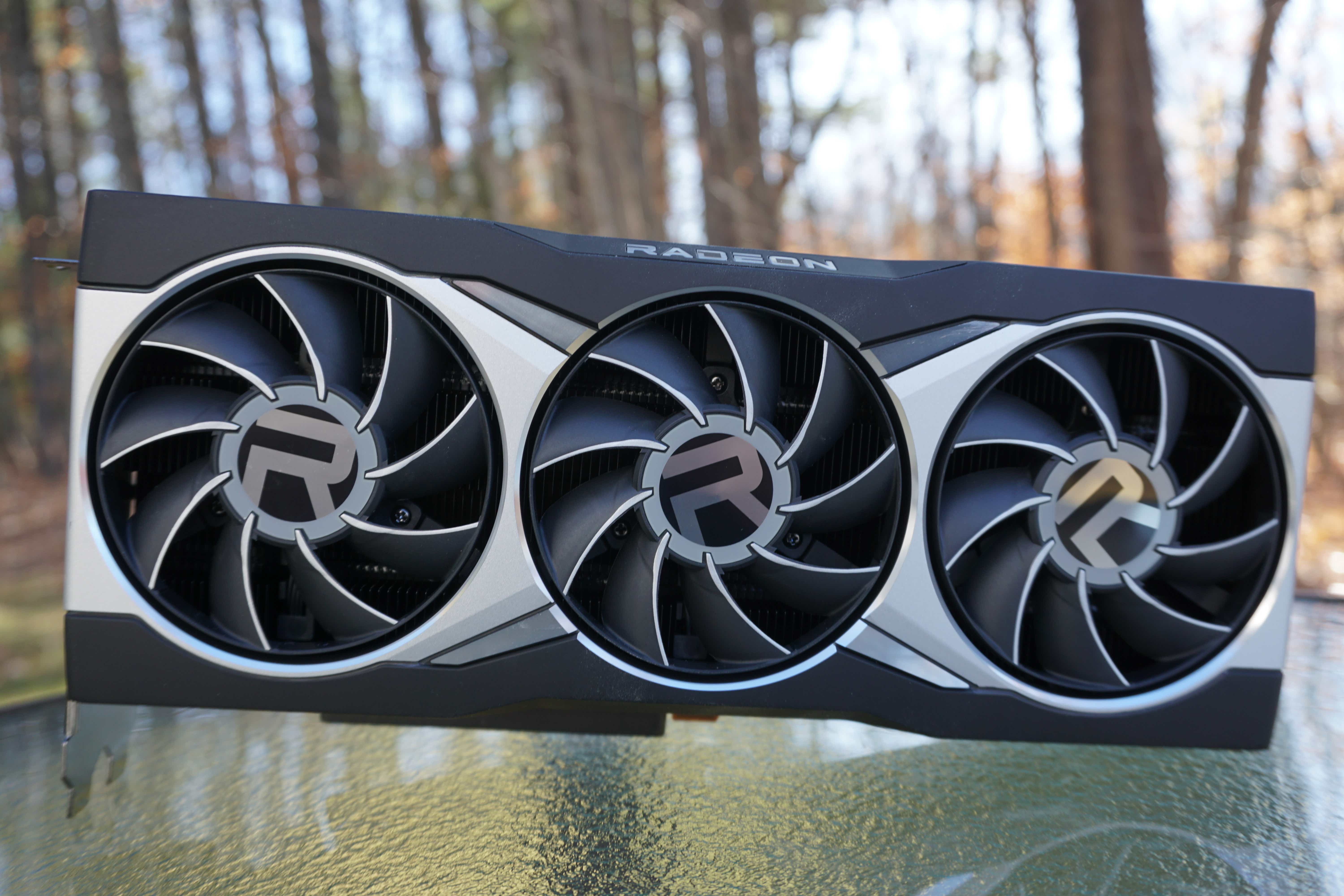
GeForce RTX 2070 Super Founders Edition
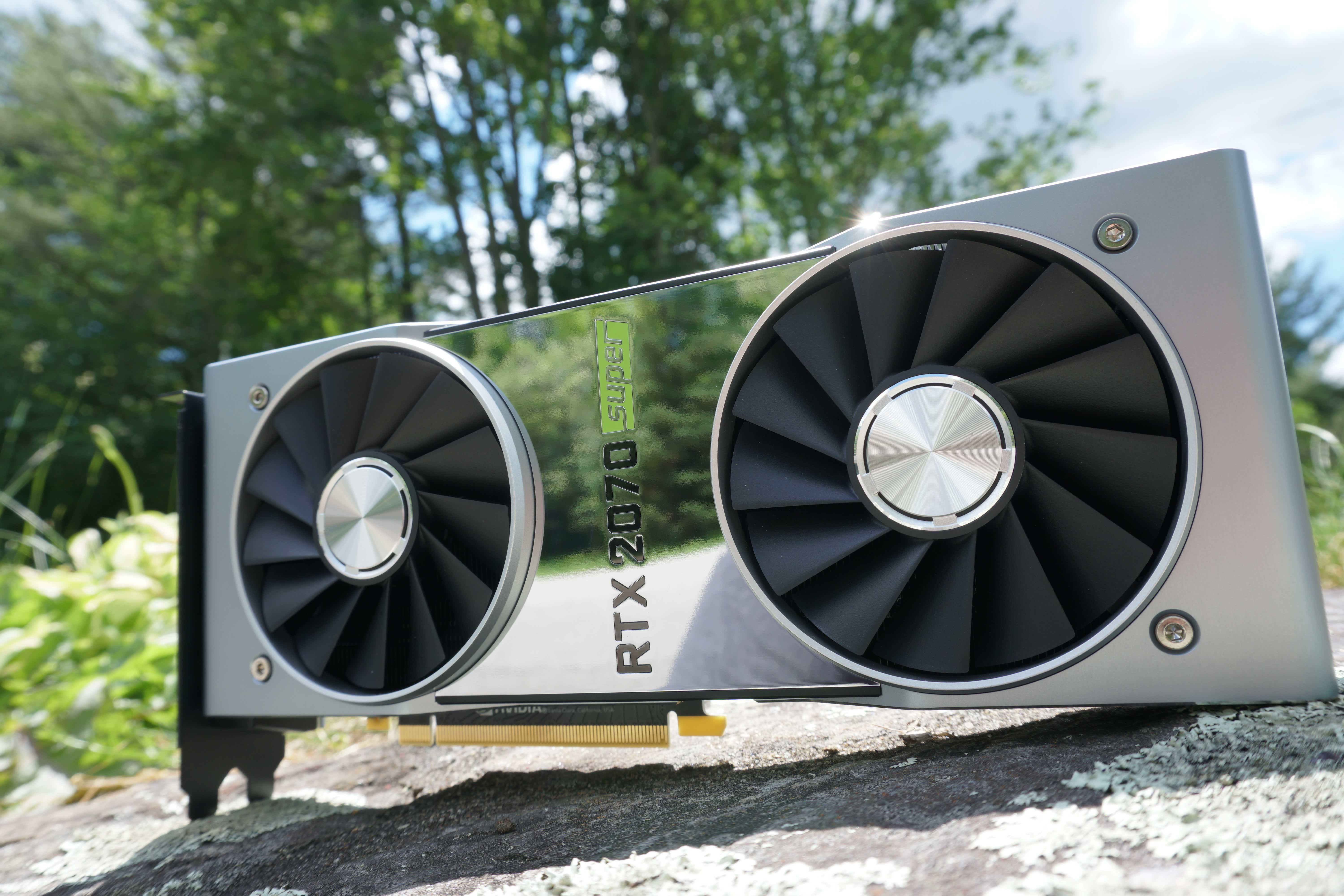
Radeon RX 5700 XT
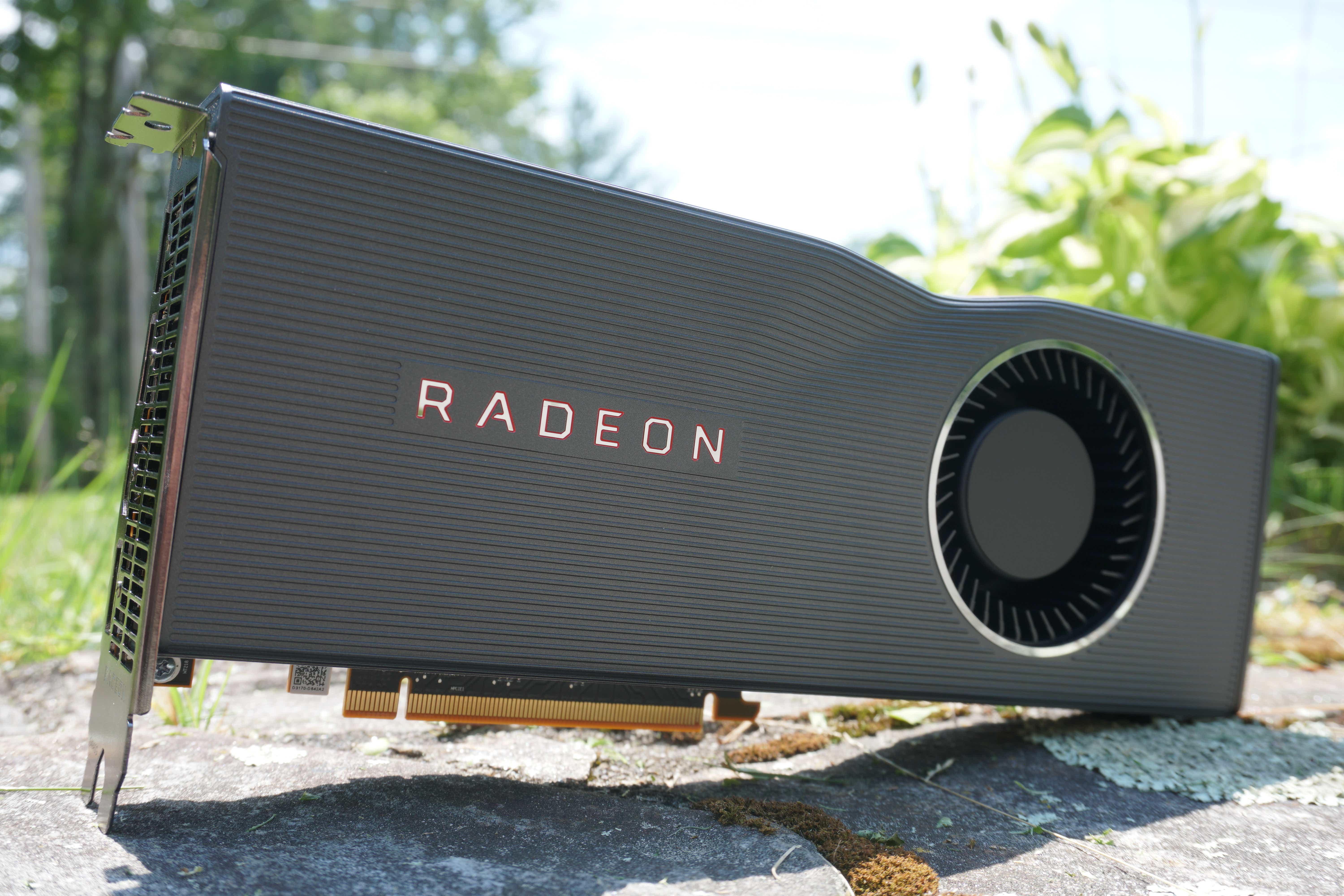
GeForce RTX 2080 Founders Edition
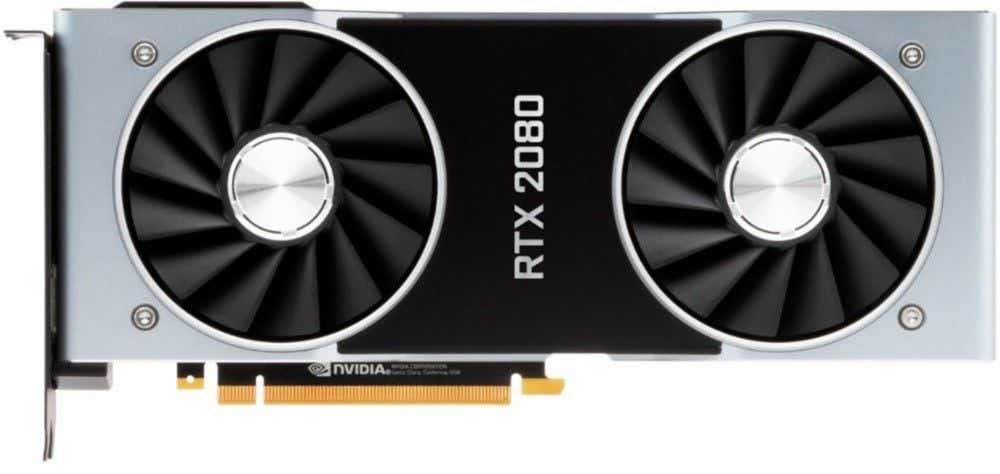
Note: When you purchase something after clicking links in our articles, we may earn a small commission. Read our affiliate link policy for more details.
How to Redeem Minecraft Gift Card for Pc Edition
Source: https://msn.pcworld.com/article/3106426/the-best-graphics-cards-for-pc-gaming.html
0 Response to "How to Redeem Minecraft Gift Card for Pc Edition"
Post a Comment